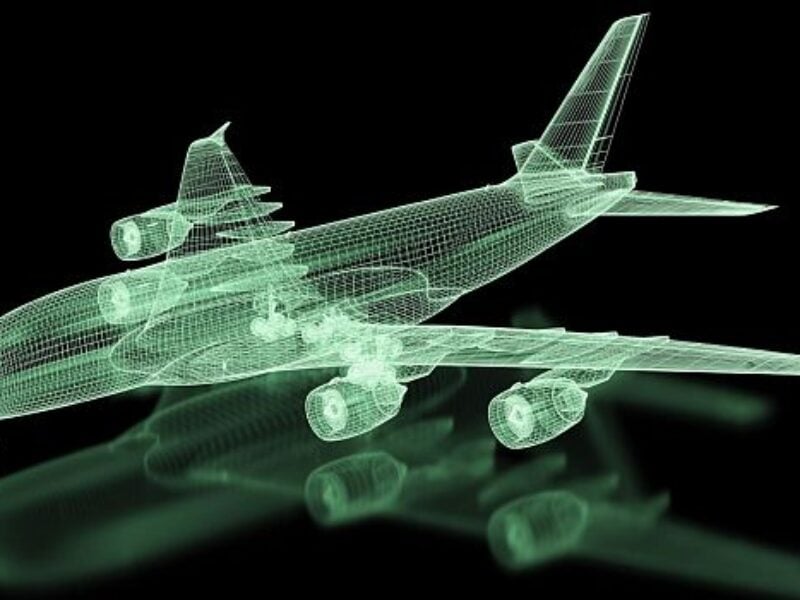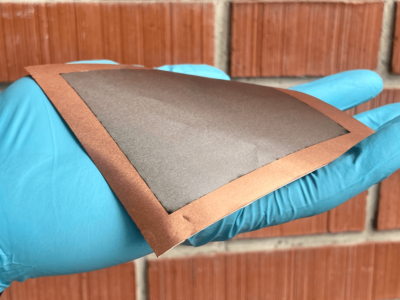
Scientific ML promises ‘near interactive’ design optimization speeds
The immediate project, say the researchers, will demonstrate these machine learning (ML) methods for optimal shape design of aircraft wings to improve aerodynamic performance and efficiency. However, the project is being developed as a platform that can be applied to improve design and control processes common to various fluid dynamic design problems across a broad range of energy systems, including wind turbines, turbine engines, ship hulls, submersibles, and automotive bodies.
“The goal is to be able to execute design studies at near-interactive speeds,” says project lead Dr. Omar Ghattas of the Oden Institute and Professor of Mechanical Engineering and Geological Sciences at UT Austin. “This is in contrast to current state of the art, where such design studies take weeks or months even with modern high performance computing power.”
The researchers are using “scientific machine learning” – an approach that blends scientific computing with machine learning. They will apply computational modeling and simulation expertise to create efficient, accurate, and scalable deep neural network (DNN) representations of solution of design optimization problems.
Ghattas and his team at the Oden Institute have been awarded a $1.6 million grant to develop these methods as part of the Department of Energy’s ARPA-E DIFFERENTIATE initiative, a new program seeking to “enhance the pace of energy innovation by incorporating machine learning into the energy technology development process.” The program identifies mathematical optimization problems common to many design processes, such as inverse design – that is, the tackling of a problem in reverse, working backward from the desired performance (effect) to compute the design (cause).
Inverse problems, say the researchers, are some of the most important problems in science and mathematics because they tell us about features that we cannot directly observe. DNNs designed for use in a traditional forward problem solution approach – calculating the effect given the cause – are predicated on the availability of massive amounts of training data.
However, when it comes to building a DNN for the inverse problem, generating that training data could quickly become prohibitively expensive, since it entails computing a large number of optimal designs, each requiring many forward model solutions. This, say the researchers, is where they apply their new mathematical ideas, which exploit the low-dimensional structure underlying the inverse design problem to reduce the training data required and guide the training process.
“Our guiding principle is this: the simplest machine learning model that explains the optimal design data is the best,” says Ghattas. “Not just to make the technology more widely accessible but because in doing so we avoid overfitting the model to the data, which leads to the inability to predict unseen data.”
“It’s about making aerodynamic design optimization accessible to a much broader set of industrial users,” he says. “We know these technologies can enable faster, cheaper and more energy efficient design and production methods. So they should also be universally available.”
Related articles:
GM, Autodesk using AI, 3D printing to make vehicles lighter
Cloud engineering simulation startup gets Intel, Google backing
DARPA selects Cadence for ML electronic design program
Computational fluid dynamics software enhances simulation, boosts productivity
Autonomous AI solution for chip design inspired by AlphaZero
 If you enjoyed this article, you will like the following ones: don't miss them by subscribing to :
eeNews on Google News
If you enjoyed this article, you will like the following ones: don't miss them by subscribing to :
eeNews on Google News




